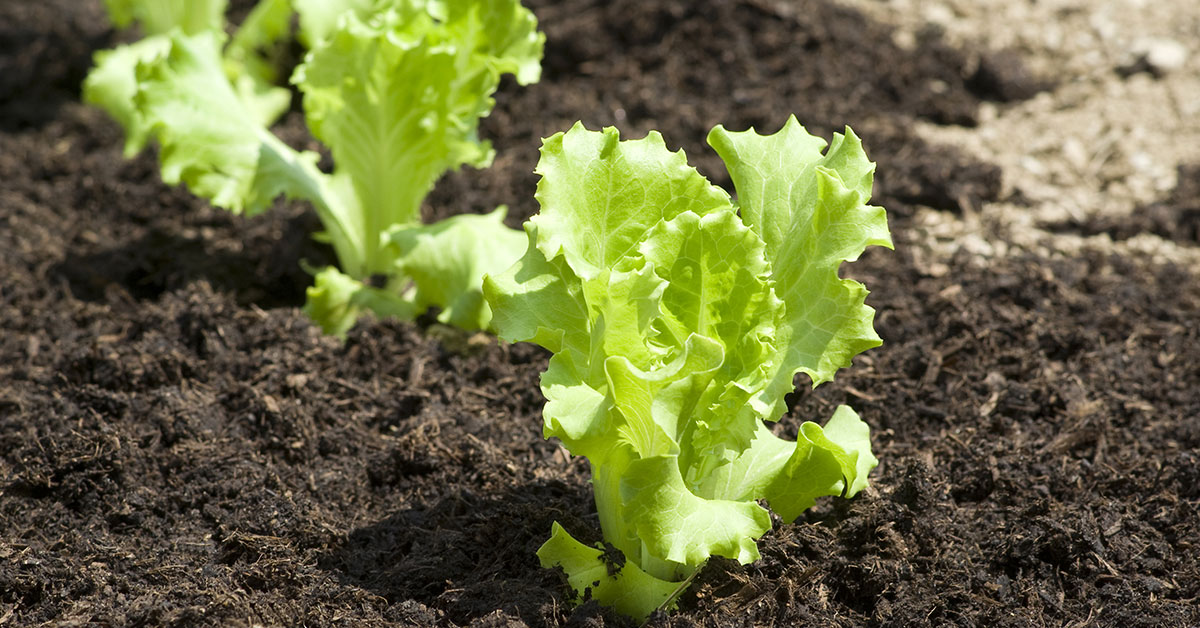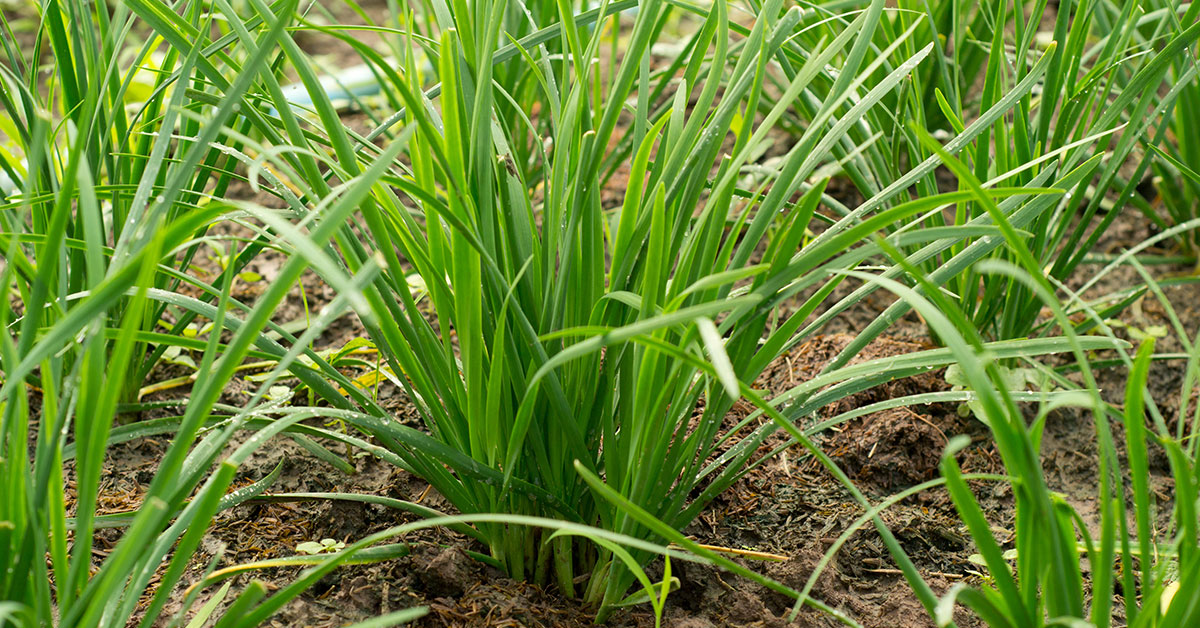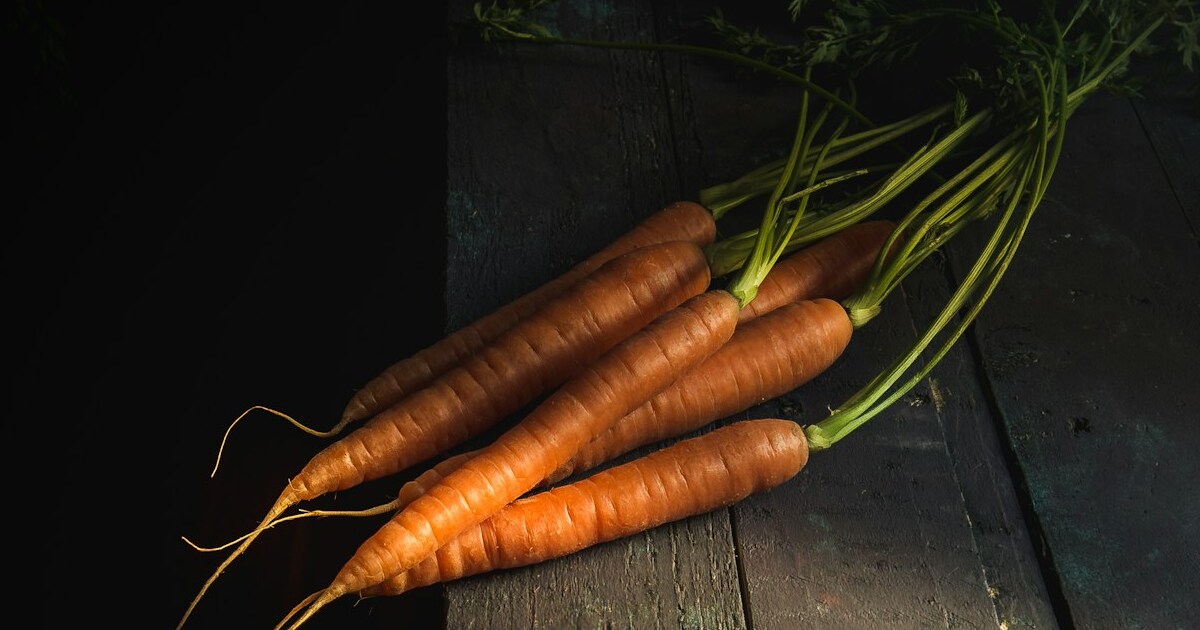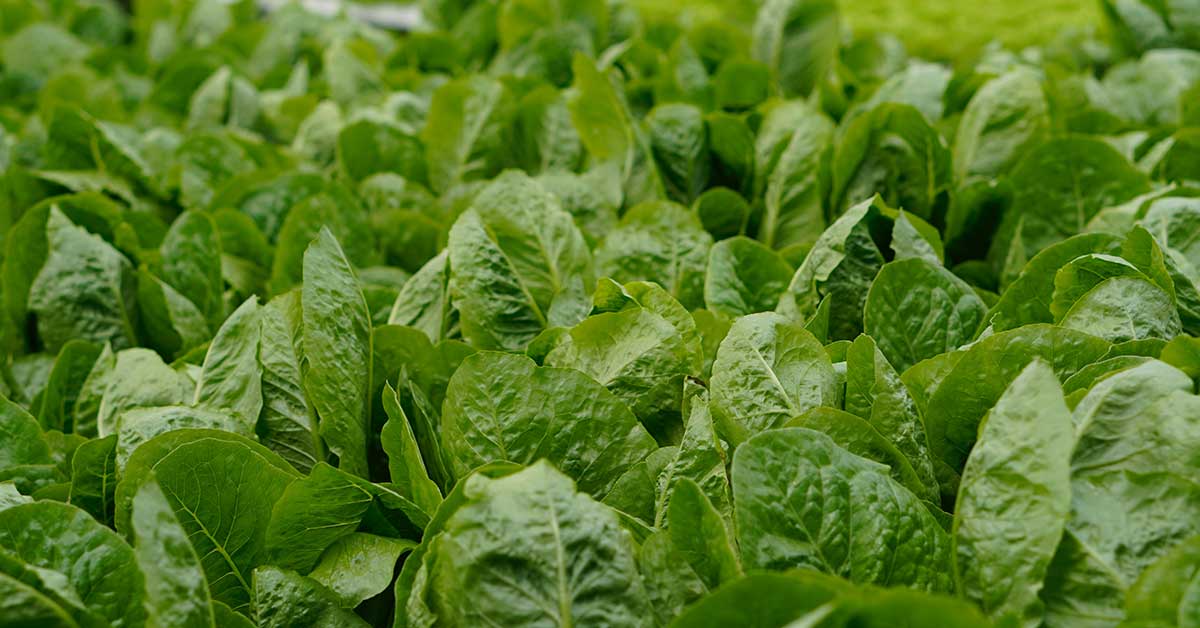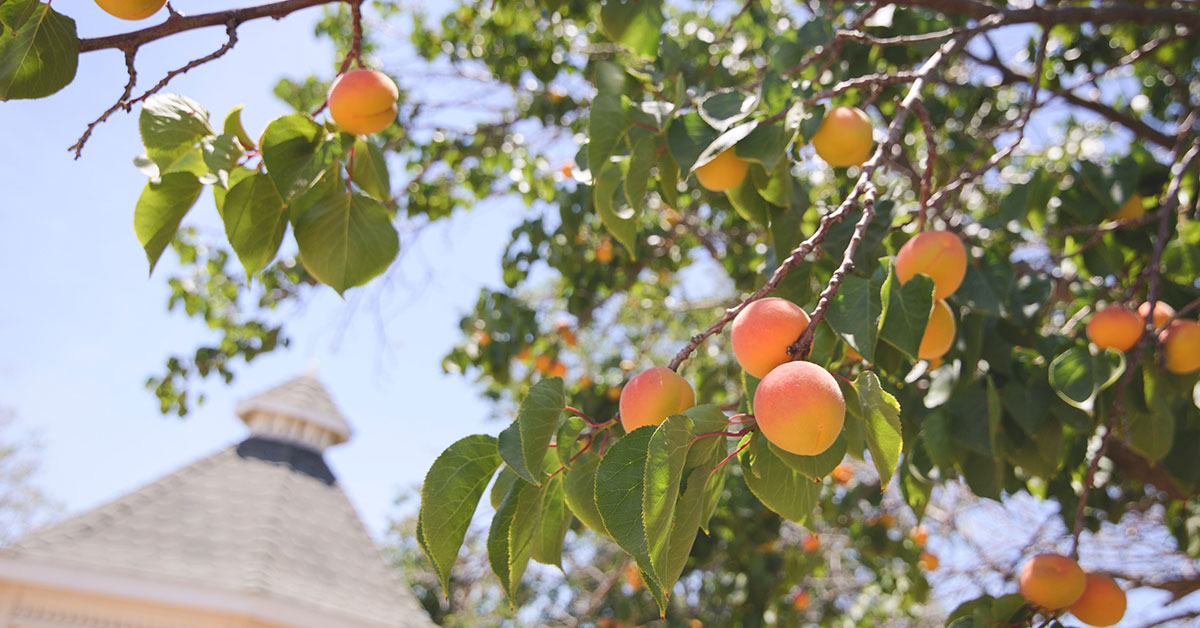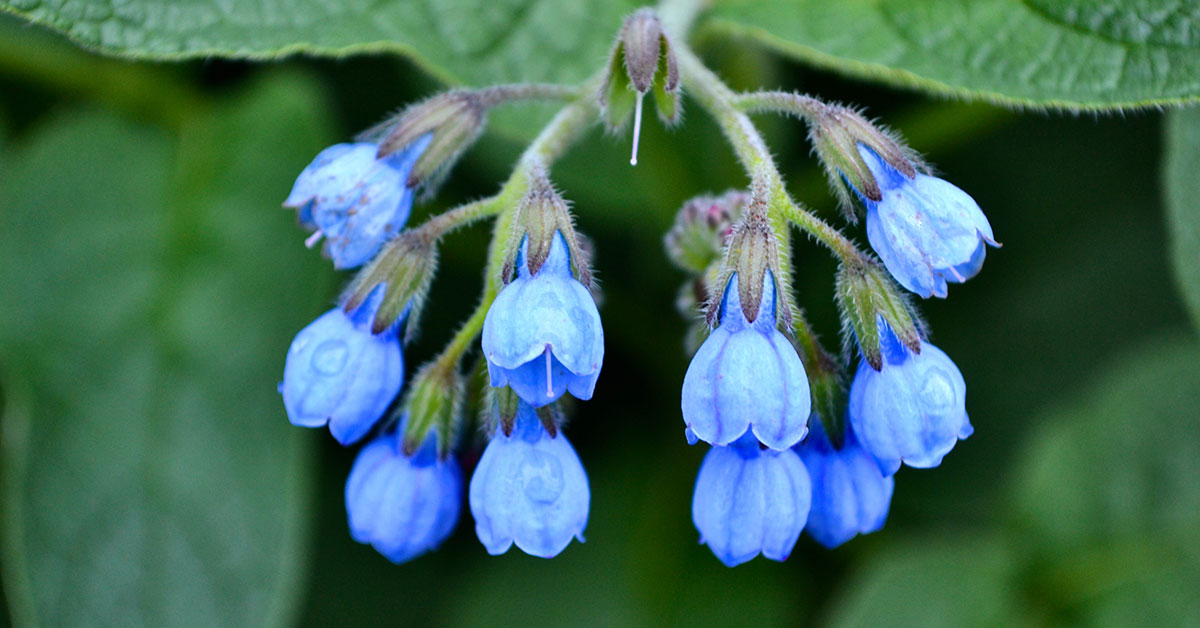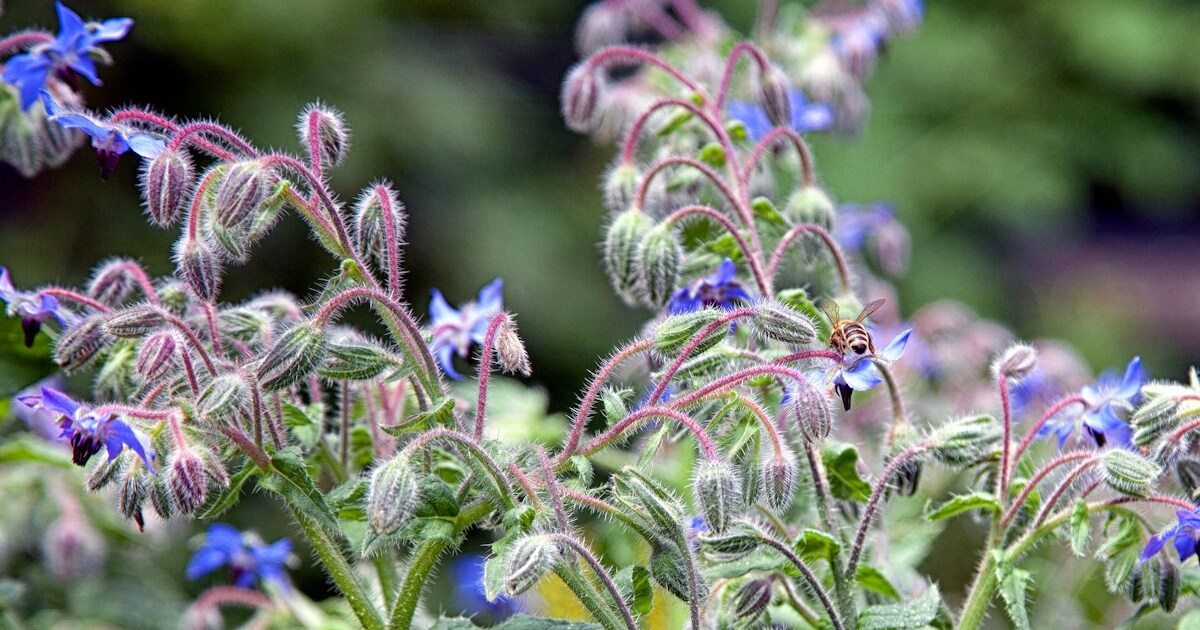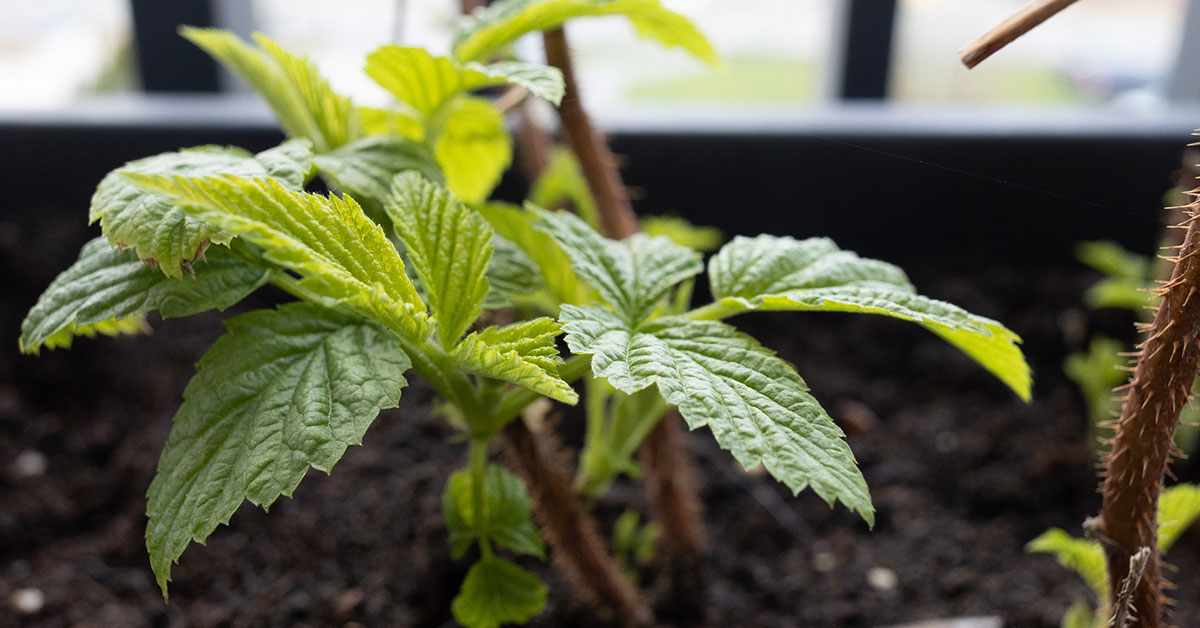Gardening can be a rewarding and productive hobby, particularly when you’re growing your own vegetables. Lettuce is an excellent choice for beginner gardeners due to its simplicity, rapid growth, and adaptability. This article will focus on planting lettuce in Zone 8, which includes regions of the southern United States and parts of the Pacific Northwest.
Understanding Zone 8
Before delving into the specifics of lettuce planting, it’s important to understand the characteristics of Zone 8. This hardiness zone typically experiences mild winters with the lowest average temperatures falling between 10 to 20 degrees Fahrenheit (-12 to -7 degrees Celsius). The growing season tends to be long, allowing for several lettuce harvests throughout the year.
Starting Lettuce Seeds Indoors In Zone 8
Starting lettuce seeds indoors is not always necessary but can provide a head start for your crop. In Zone 8, lettuce seeds can be started indoors as early as February.
To start, fill a seed tray or pots with a high-quality seed starting mix. Plant your lettuce seeds about 1/4 inch deep, lightly cover them with the mix, and water gently. Keep the soil consistently moist but not waterlogged, as too much water can cause the seeds to rot. A spray bottle can be useful for gently watering seedlings.
Keep the tray in a warm place (around 60-70 degrees Fahrenheit, or 15-21 degrees Celsius) with indirect light until the seeds sprout. Once they’ve sprouted, they need plenty of light – around 12 to 14 hours each day. This can be achieved by placing them near a south-facing window or under a grow light.
When to plant lettuce in Zone 8
In Zone 8, you can start planting lettuce outdoors in March, once the danger of hard frost has passed and soil temperatures have reached at least 40 degrees Fahrenheit (4 degrees Celsius). Lettuce is a cool-weather crop and prefers temperatures between 60 to 65 degrees Fahrenheit (15 to 18 degrees Celsius).
Transplant your seedlings into your garden bed, ensuring they have plenty of sunlight, although lettuce can tolerate some shade. Space each plant about 8 to 12 inches apart, and keep the soil moist but not waterlogged. Mulching around the plants can help retain soil moisture and deter weeds.
If you’re direct sowing lettuce seeds outdoors, the same conditions apply. Plant your seeds about 1/4 inch deep and 1 inch apart. Once seedlings have grown to about 2 inches tall, thin them so that they’re 8 to 12 inches apart.
Succession Planting
Succession planting with lettuce involves sowing small batches of seeds at regular intervals to ensure a continuous harvest throughout the growing season. This method allows you to enjoy a steady supply of fresh lettuce without experiencing a surplus or shortage all at once. Here’s a step-by-step guide on how to do succession planting with lettuce:
- Determine your growing season: Find out the average number of days it takes for your chosen lettuce variety to reach maturity. This information is usually available on the seed packet or from reliable gardening resources.
- Plan your planting schedule: Consider the total length of your growing season and calculate the intervals at which you should sow new lettuce seeds. For example, if your lettuce variety takes 60 days to mature and you want a continuous supply, you might decide to sow new seeds every two weeks.
- Prepare the soil: Prior to sowing, prepare the soil by removing any weeds, breaking up clumps, and enriching it with compost or well-rotted organic matter. Lettuce prefers loose, well-draining soil.
- Sow the first batch of seeds: Plant your first batch of lettuce seeds according to the instructions provided on the seed packet. Make sure to follow the recommended spacing between plants to allow for proper growth.
- Monitor and care for the seedlings: Keep an eye on the seedlings as they emerge and provide appropriate care. This includes regular watering, mulching to conserve moisture and suppress weeds, and protecting them from pests if necessary.
- Sow subsequent batches: As the first batch of lettuce plants starts to mature, sow the next batch of seeds following the same spacing and planting depth. Repeat this process at the intervals you determined in step 2.
- Harvest and repeat: Begin harvesting lettuce leaves from the mature plants as they reach the desired size. Take care not to uproot the entire plant unless you plan to use it entirely. Continue harvesting mature plants as needed, while new batches are growing.
- Extend the growing season: To extend the growing season, you can use techniques such as providing shade or using cold frames or row covers to protect lettuce from extreme temperatures. This can allow you to continue succession planting well into the fall or even winter in some regions.
By following this succession planting method, you can enjoy a continuous supply of fresh lettuce throughout the growing season, ensuring a steady harvest of this delicious and nutritious leafy green.
When to Harvest
Lettuce can be harvested at just about any time during its growth. For leaf lettuce, you can start harvesting as soon as the leaves are large enough to eat – this could be as early as 4-5 weeks after planting. You can either pluck individual leaves from the plant or cut the whole plant at the base, which may encourage a second growth.
For head lettuce like iceberg or romaine, the harvest usually occurs around 60 to 70 days after planting. Harvest these when the heads feel firm and full. To harvest, cut the head at the base of the plant.
Remember that lettuce is a cool-season crop, and high temperatures can lead to bolting, where the plant sends up a flower stalk and the leaves become bitter. To avoid this, aim to harvest your lettuce in the cooler morning hours.
In conclusion, Zone 8 gardeners have a generous window for planting and harvesting lettuce. By understanding the characteristics of your hardiness zone and carefully timing your planting and harvesting, you can enjoy fresh, homegrown lettuce throughout much of the year.


